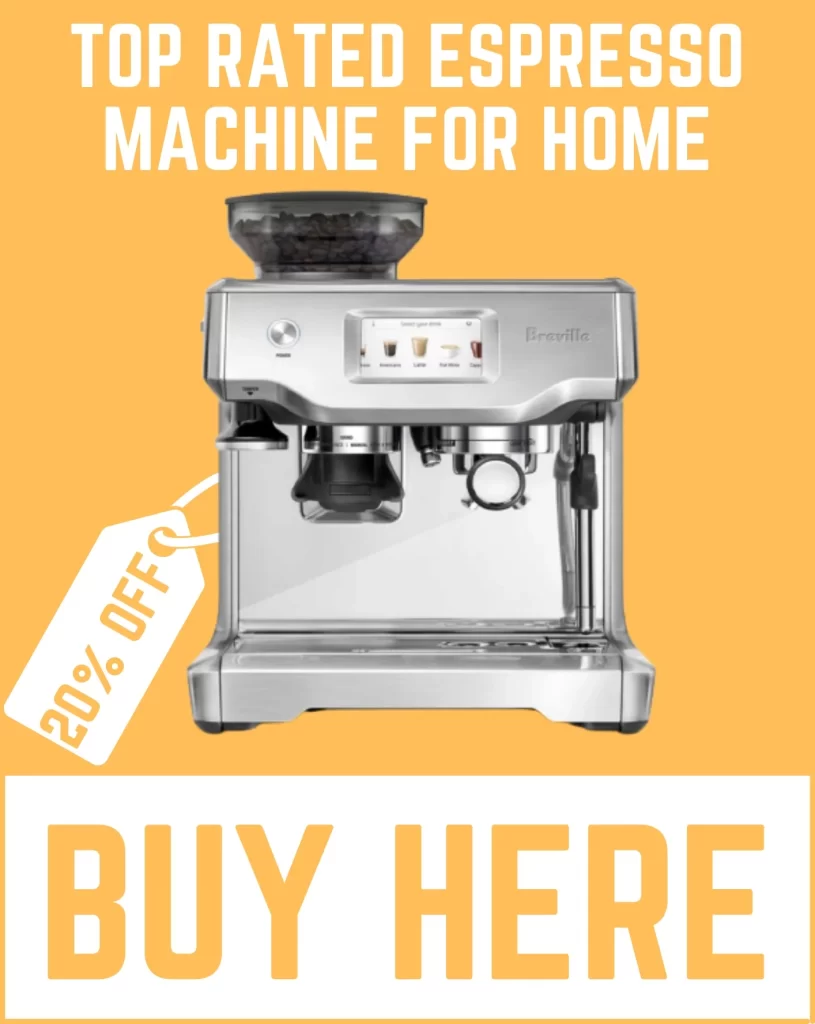The pour over has been there for a long time, but it has recently regained popularity. Coffee aficionados have been exploring the pour over due to its sophisticated brewing technique and various extraction capability, as well as its basic yet bright brew outcomes.
Furthermore, Pour over coffee, in its most basic description, is when warm water is poured over fresh ground coffee that has been placed in a conical filter in a beaker.
When you decide on a manual dripper, you may be confused about whether to buy a plastic or ceramic dripper. However, there are a few distinctions to be aware of, and knowing them will provide you with all the information you need to make an informed decision.
Pour over ceramic units, in a nutshell, are considered to be better in terms of composition, and produce better-tasting coffee. They are, however, more fragile and often more expensive.
On the other hand, Plastic funnel proponents praise them for better heat distribution, durability, and a lower price. In this article, we will discuss ceramic vs plastic pour over.
Ceramic Vs Plastic Pour over
These are some of the differences between a ceramic and a plastic pour over which you should not overlook:
Thermal Mass & Heat Resistance
You might not have to take the extra steps required for a specific material if you choose a manual coffee dripper. But the ceramic coffee pour over brewers requires preheating in order to prevent them from absorbing heat from your coffee.
A plastic model of the same dripper will not require this step, leads to faster drink completion. Moreover, plastic drippers don’t absorb as much heat as metal ones do, and they keep their temperature for longer.
However, there is a consideration that plastic cones will be affected by heat and become dangerous as a result, but the best manufacturers of this product use heat-resistant materials, making them safe.
Durability & Breakabiliy
Another area where ceramic loses points is in the kitchen. It is clearly more fragile, despite often being durable if it is used carefully.
Moreover, the dripper is almost certain to break, and there’s a chance it’ll break something else by slamming into it with its glassy body.
A pour over coffee plastic dripper, on the other hand, warrants more trust and poses no risk of breaking if dropped on the floor. Of course, it can break if hit very hard or with enough applied pressure.
However, such occurrences do not appear to be common. As a result, by paying less, you may be able to get a longer-lasting coffee maker that will deliver you both joy and satisfaction by providing you with your favorite beverage.
Usability
In terms of usability, there are many points that can be made. The first arises from the previous point we made, namely, the ceramic’s proclivity for breaking easily when struck.
So, if you plan a trip frequently and want to bring a dripper with you, you’ll need to pack it carefully to keep it intact.
Alternatively, you could get a plastic pour over coffee maker and not worry about it cracking if your bag is subjected to some harsh treatment.
Another benefit of plastic drippers that appears to be more common and better realised is the handy opening near the bottom that enables you to see how much coffee has so far dripped into the cup.
This is especially useful if the cup isn’t transparent or if you’re making coffee for a large group. If you don’t, you’ll have to figure out how much ground coffee and water you’ll need to avoid spilling.
However, there are no differences in brewing except for the need to preheat a ceramic model.
Frequently Asked Questions
What is it about pour-over coffee that has made it so popular?
Coffee drinkers are ecstatic about the potential to produce a single-serve cup of coffee to their exact preferences. They can not only brew their favorite type of coffee, but they can do so anywhere.
What’s the best way to measure out the amount of coffee I’ll need?
This is determined by the type of coffee you prefer, its strength, and how finely it is ground. The coffee is usually stronger when the grind is finer.
What’s the best way to make pour-over coffee?
In general, you place the dripper over the mug, attach one of the coffee cone filters, and spoon in your coffee grounds. Then, slowly and in a circular pattern, pour boiling water over the grounds. As the coffee starts brewing and continues to flow into your cup, you’ll get your coffee ready.
Conclusion
Plastic, after all, is more resistant to cracking, which means it can last longer. This same feature makes it an ideal travel option, not to mention that it is lighter than a ceramic version of the same size.
Once that moment comes, you don’t want to miss out on the chance to enjoy some delicious drip coffee while you’re away from home.
Moreover, plastic materials also outperform ceramic materials when it comes to heat resistance and other temperature-related issues.
If you like your coffee really hot, especially if you’re serving more than one person, this can be a stumbling block.
For those who can attest that coffee made with a ceramic pour over is tastier, richer in flavor, and purer, that’s all the justification they’ll need to avoid plastic substitutes.
Furthermore, if you are looking for a specific aesthetic, a ceramic model may better suit your needs. And if you don’t plan on breaking your dripper, the price is still reasonable enough to give it a try.

